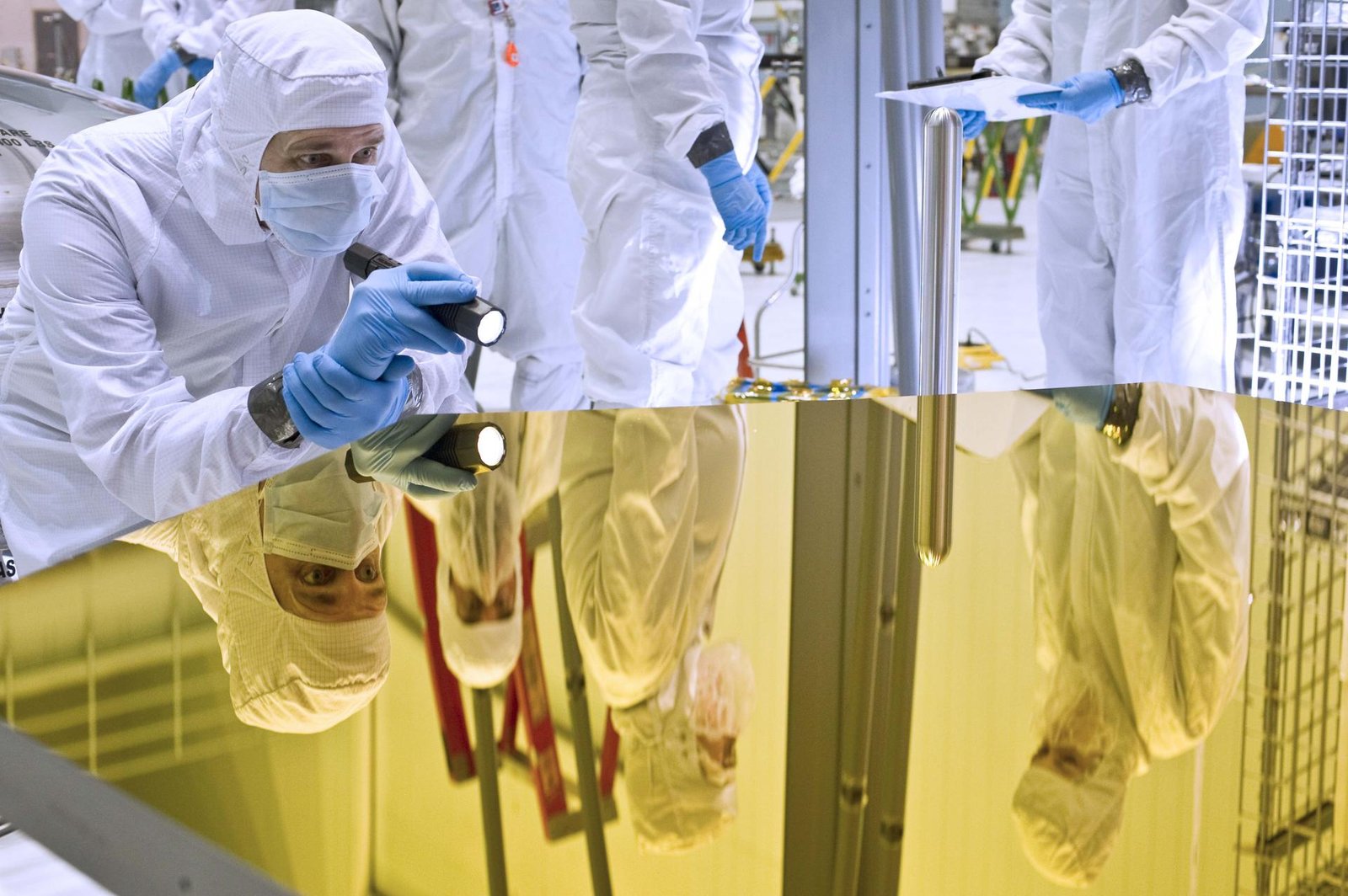The James Webb Space Telescope, renowned for its groundbreaking exploration of the universe, relied heavily on advanced computer modeling throughout its development due to the unprecedented scale and complexity of the project. Engineers faced the challenge of a telescope too large and intricate to fully test on Earth under space-like conditions, including extreme cold. Instead, they turned to software simulations to predict the telescope’s behavior in space, a process that significantly advanced the field of integrated computer modeling.
Erin Elliott, an optical engineer at Ansys, Inc., highlighted the intense demands placed on simulation technology during the Webb project. Ansys Zemax OpticStudio, a software suite she worked with, was crucial in designing both the telescope’s hardware and software. Over the past two decades, simulation technology has seen remarkable progress thanks to increased computing power and cloud-based access. However, Elliott noted that specific improvements in software capabilities directly stemmed from the Webb telescope’s unique challenges.
Working on the Webb project for NASA contractors in the early 2000s, before joining Zemax and later Ansys, Elliott witnessed firsthand how the telescope’s demands shaped software development. She recalled that Zemax customized OpticStudio to handle the coordinate systems of the Webb’s 18 hexagonal mirror segments. Furthermore, the need for better communication between OpticStudio and other programs led to the introduction of an API, enhancing customization and interoperability.
Joseph Howard, an optical engineer at NASA’s Goddard Space Flight Center, where the Webb telescope was assembled, emphasized the importance of multiple software companies in driving innovation. He stated that competition amongst these companies fostered improvements in modeling capabilities and provided valuable cross-checking.
The development of OpticStudio’s Structural, Thermal, Analysis, and Results (STAR) module in 2021 exemplifies the direct benefits derived from the Webb project. This module streamlines the integration of thermal and structural analyses into optical models, improving efficiency particularly for complex designs like telescopes and aerospace systems. This improvement is also increasingly relevant for terrestrial applications such as autonomous vehicles and cell phone lenses operating in challenging environments.
Looking ahead, future space telescopes and spacecraft are expected to incorporate elements of the Webb design, including segmented, self-assembling structures. The development of these advanced technologies will further depend on sophisticated modeling software. Howard emphasized that the next generation of large observatories will be even more reliant on such software than Webb was.
The advancements made during the Webb project are already benefiting terrestrial technologies. Improved simulation software is being used to design precision endoscopes, thermal imagers for crowd monitoring, augmented reality displays, laser thrusters for nanosatellites, and new generations of telescopes. Moreover, the Webb project served as a crucial training ground for a new generation of engineers. Elliott pointed out that experienced engineers from the Hubble Space Telescope project guided the Webb effort, and now, the younger engineers who gained experience on Webb are poised to lead future complex projects in high-tech fields. She concluded that the training of this new cohort of engineers alone made the Webb project a worthwhile endeavor.

Leave a Reply